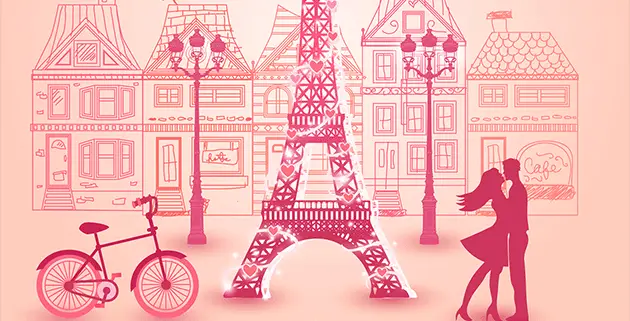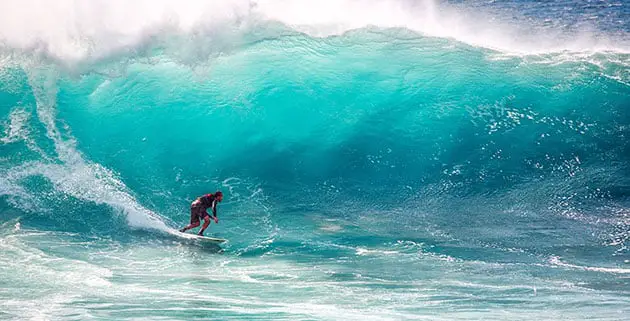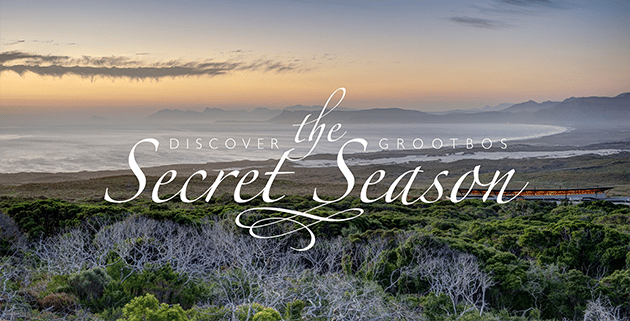Exploring Sri Lanka from Tangle to Galle
Sri Lanka (formerly Ceylon) – an island south of India – is renown for its diverse landscape, ranging from rainforest and arid plains to highlands and sandy beaches. In this travel destination review, Tourism Tattler correspondent Adam Jacot de Boinod explores the coastal hotels from Tangalle to Galle.
Twenty minutes after having landed, I reached my first hotel. Wallawwa is the original home of a Sinhalese family, 250 years old and now nine years into its renovated self. It’s a lovely legacy of colonialism.

As I continued inland I got to recognise the pattern of jungle encroaching on villages that then spilt out onto streets. The neon shop signs of the towns were already familiar to me from other Asian visits, as were the locals as they went about their lives, sometimes a whole family to a bicycle.
I felt a real delight in witnessing the source of my food as manual workers, up to their knees in mud in the paddy fields, left behind them immaculate rows of rice. And to taste their rice that evening made me appreciate my food all the more.
Continuing south onto Tangalle, the home of the new Anantara resort is equipped with three great restaurants. ‘Journeys’ has a wide mix via a fully-stocked buffet, ‘Verele’ sticks to the unique flavours of Sri Lankan cooking and there’s Italian food at ‘Il Mare’ on a cliff top overlooking the ocean. The décor is consistent with the hotel’s wheel motif echoed throughout.
The next morning I walked next door to the stunning hotel Amanwella. Each room is identical in layout and design and comes with a plunge pool. The colours are harmonious and there is a zen ambience. Inside, the terrazzo flooring is in muted, sandy tones to reflect the nearby beach. The large timber sliding panels separate the interior from the exterior. Mercifully there are no televisions in the rooms.
The writer Leonard Woolf described Tangalle with great precision: “The evening air is warm and gentle. An enormous sky meets an enormous sea. The stars blaze in the sky and blaze in the sea … there is no sound in this melodrama of a tropical night except a faint lapping of the sea, and now and then a shivery stir of palm leaves”. And it’s true – at Amanwella there is a real paradise. The golden beach, curving for half a mile in a gentle arc, is flanked by two rocky headlands. The water is crystal clear and the sand is fine and powdery.
I then headed inland to Lake Koggolo and onto my next hotel, the Kahanda Kanda with all the trappings of colonial life so reassuringly familiar to Brits. From my breakfast table, I could just about make out Koggolo Lake. I decided to take a boat trip and visit the Buddhist monastery.
Maliga Kandy was my next hotel. It’s part of the Hideaways Club Classic Collection portfolio – ideal for someone who doesn’t want to be restricted to one location. Malinga Kandy a gem in the jungle, built in 2010, it offers something for everyone with seven bedrooms including a separate cottage for teenagers. The staff, comprised of security, cooks, cleaners and gardeners, are attentive and charming.
The lovely crescent beach at Unawatuna has beautiful yellow sand but suffers from over-tourism. I managed to regain a sense of peace at the nearby Japanese pagoda with its pure white paint offset on all four sides by gold statues. It has an impressive 360-degree view of the jungle, the bay and the Galle fort I was soon to visit. I had a sense of innocence at the local railway station that is a wonderful throwback in time with old-fashioned timetables behind glass frames and I would love to have had time to be a passenger snaking through all that wonderful landscape.
Then on to Amangalla. While clearly the supreme standard of an Aman hotel, it must have been given quite a makeover. The ‘Zaal’ (hall) has white walls with angled mirrors that reflect the light and the candles, and it’s furnished with rattan chairs and sofas. The high ceiling has overhead fans and modern metallic chandeliers.
In 1850 there used to be a 45-minute pigeon post from Galle to Colombo, flying at some 85mph, established by The Observer newspaper. Even with the new motorway, it was bound to take me a little longer to reach the capital. Transport has its own challenges with the right of way always open to question. So renting a car would not be my suggestion. Tuk-tuks are fun, especially on the minor roads. While dishing out advice, I stress you just have to respect the midday intensity of the sun and likewise the savage currents of the Indian Ocean.
And onto to my final destination – Maniumpathy. The eight suites with artefacts and vintage furnishings are named after the members of a fifth generation Tamil family from Jaffna (where Manipay was a thriving and wealthy locality). It worked perfectly for me as a base for Colombo before my final journey home.
Ayubowan! (The Sinhalese word for every form of greeting stretching from ‘good morning’, ‘good afternoon’, ‘good evening’, ‘good night’ to ‘good-bye’).
QUICK FACTS
Sri Lanka is famed for its ancient Buddhist ruins, including the 5th-century citadel Sigiriya, with its palace and frescoes. Sri Lanka has many ruins dating back more than 2,000 years. Capitals: Sri Jayawardenepura Kotte, Colombo | Population: 20.48 million (2013). National anthem: Sri Lanka Matha | Official languages: Sinhala, Tamil, English.
About the author: Tourism Tattler correspondent, Adam Jacot de Boinod is the author of ‘The Meaning of Tingo and Other Extraordinary Words from around the World’, published by Penguin Books. While researching this article, Adam travelled with support from The Holiday Place (www.holidayplace.co.uk).










